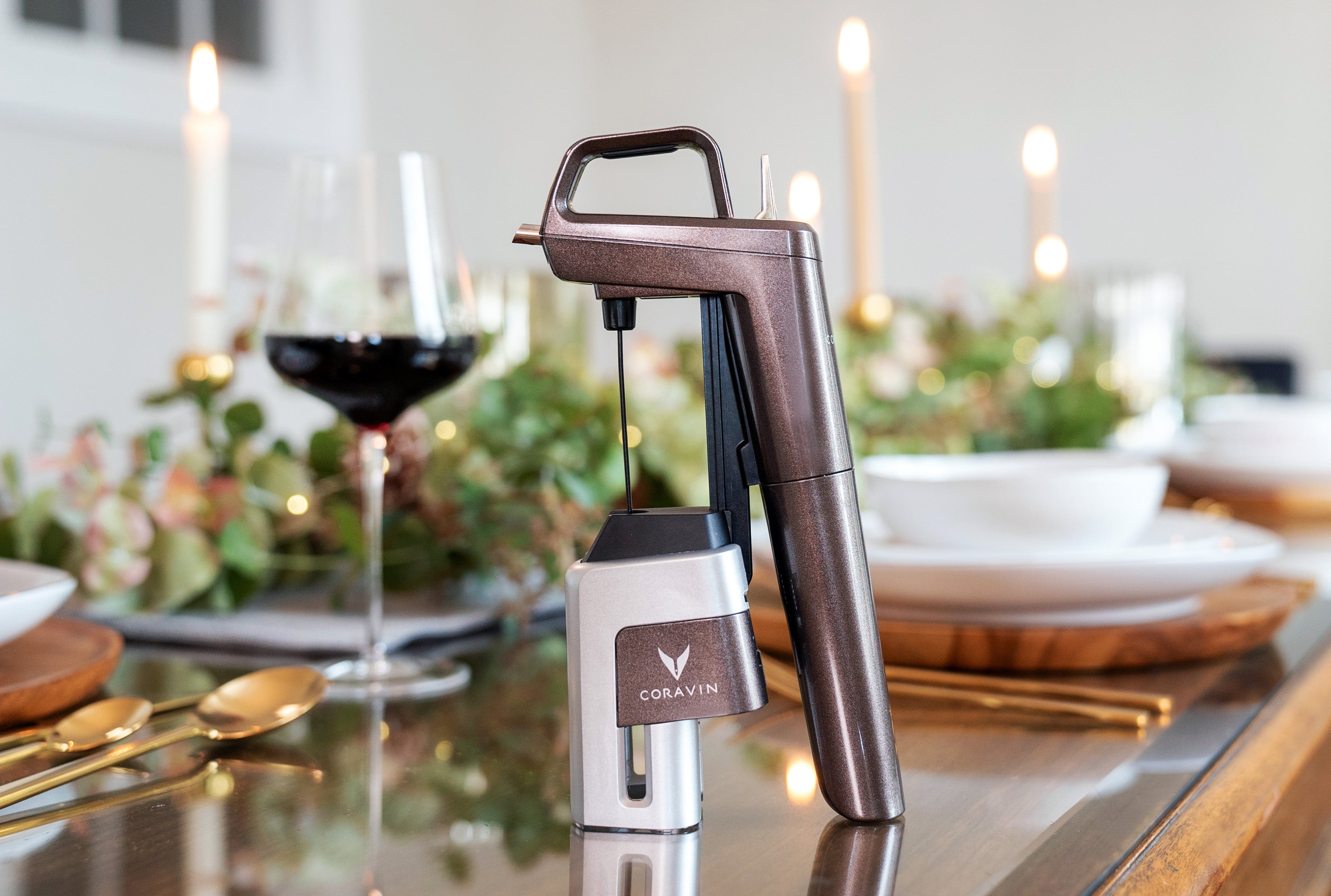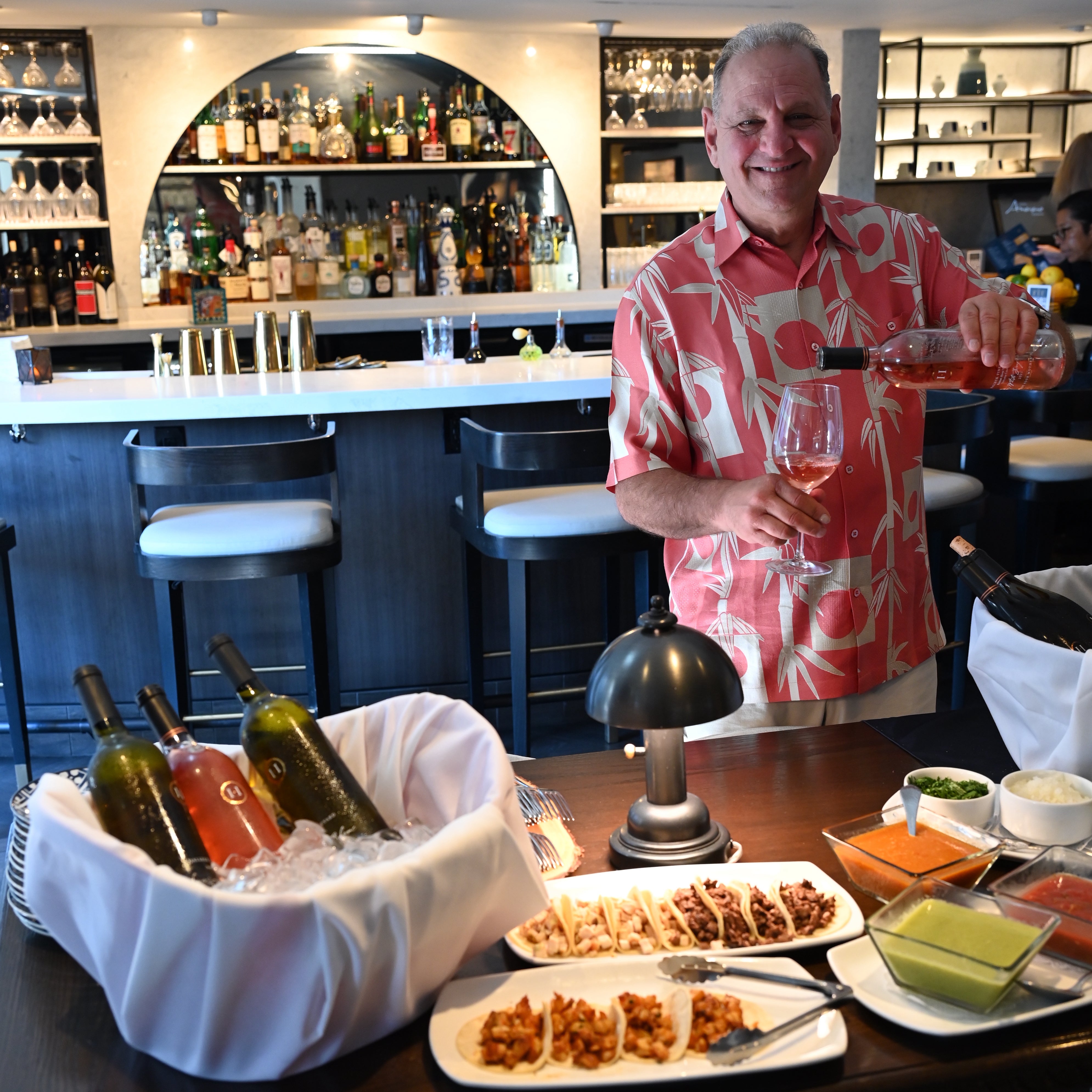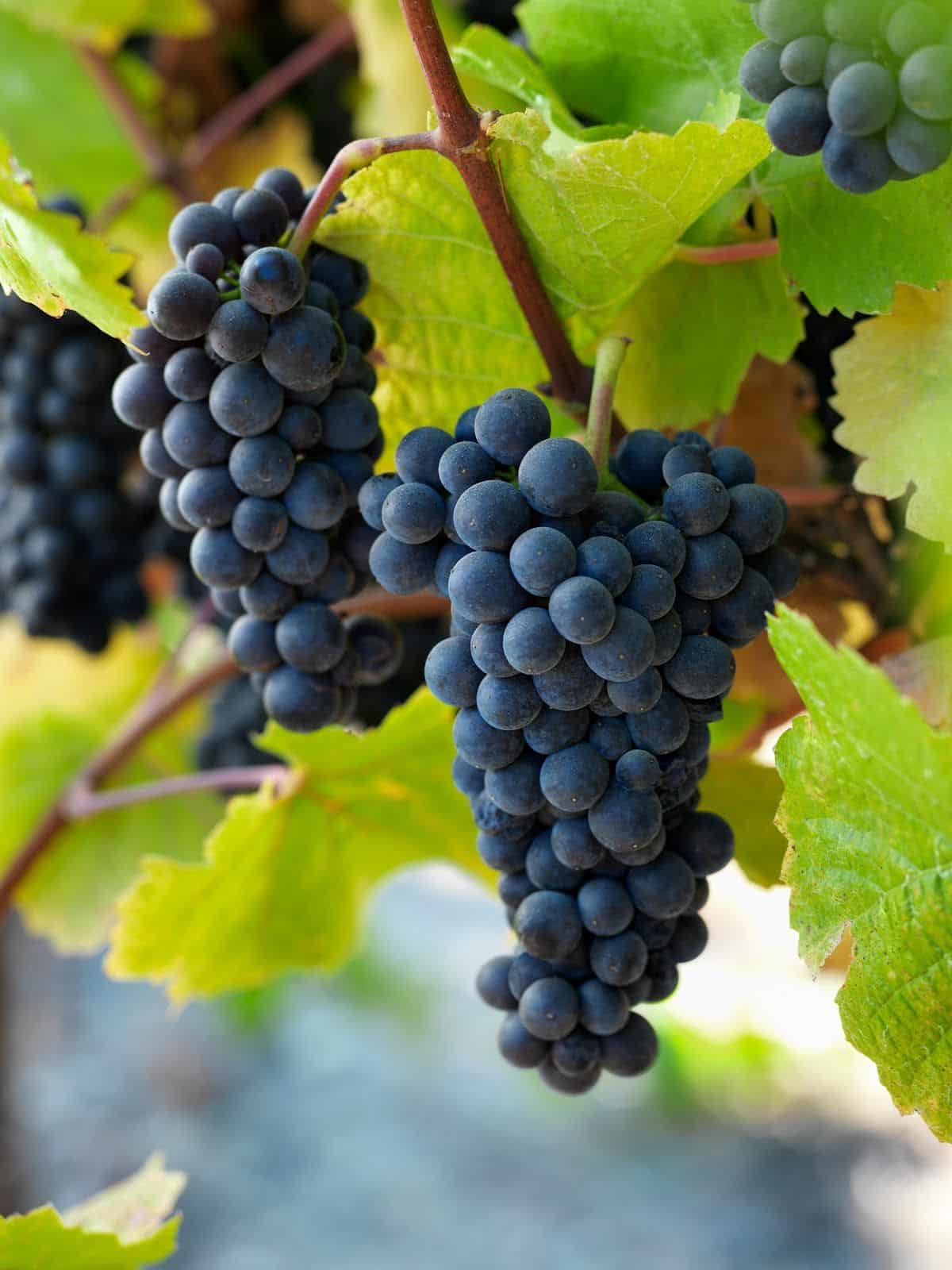Upcoming Wine Festivals In Sonoma County - Sonoma Wine Tasting Adventures
Upcoming Wine Festivals In Sonoma County - Sonoma Wine Tasting Adventures
Blog Article
Quaint Wineries In Picturesque Settings In Sebastopol - Explore Sebastopol Area Vineyards
Wine tasting is an art that mixes sensory experience with an appreciation for the nuances of various varietals. How to gauge flavors in winery wine tasting classes is pivotal to greedy the complexities of wine.
Participating in a wine tasting includes more than simply sipping and savoring. It requires a targeted strategy to establish aromas and flavors that each wine presents. As you begin, observe the wine's appearance, noting its colour and readability. These visible cues usually counsel a wine’s age, grape selection, and even potential flavor profiles.
The next step within the tasting process is to swirl the wine in your glass. This action releases aromatic compounds which are important for analysis. Lean in and take a moment to inhale deeply; the aromas can vary from floral and fruity to spicy and earthy. The nostril of the wine is simply as necessary because the palate, and recognizing scents performs a major position in understanding the general experience.
When taking your first sip, permit the wine to move across your palate - Sonoma's Top Sparkling Wine Producers. Discover the initial flavors that present themselves. Is the wine fruity, floral, or perhaps herbaceous? This preliminary taste gives perception into what the wine is likely to express as you proceed to gauge it. The mouthfeel also contributes to the general flavor experience; it might be silky, tannic, and even effervescent.
Best Chardonnays From Sonoma Winemakers - A Guide To Sonoma Wineries
As you proceed tasting, pay attention to the wine’s steadiness. A well-balanced wine will harmonize acidity, sweetness, and tannins. If one element overwhelms the others, it'd point out a less desirable quality. Evaluating balance might help you establish how properly the wine may pair with food.
Transitioning to the finish, think about how the flavors evolve because the wine lingers in your palate. A long, nice finish can indicate a high-quality wine, whereas a short or abrupt end may counsel otherwise. Mirror on whether or not the flavors stay constant or if new notes emerge because the wine settles. This development can reveal complexities and intricacies which may not have been obvious in the preliminary tasting.
Temperature is also a crucial think about evaluating wine flavors. Different types of wine are optimally enjoyed at particular temperatures. White wines usually shine when chilled, whereas purple wines typically perform best at room temperature. When tasting, make positive the wine is on the appropriate temperature to fully recognize its character.
Family Friendly Wineries With Outdoor Spaces - Scenic Wineries Of Sebastopol
Pairing food with wine can significantly improve the tasting experience. Meals can affect the perception of flavors in wine, either highlighting certain traits or diminishing them. When evaluating flavors, think about how the wine interacts with totally different meals, noticing which flavors are amplified or muted (Wineries Providing Guided Vineyard Walks).

Think About the affect of terroir as you interact in a winery tasting. Terroir encompasses the distinctive environmental components that have an effect on grape growing, together with soil composition, local weather, and geography. Understanding a wine's terroir can present insight into its flavors and aromas, fostering a deeper appreciation for the choices made during its cultivation and production.
Education plays a elementary role in enhancing one's capacity to judge wine flavors. Studying about grape varieties, wine regions, and production strategies can pave the method in which for extra knowledgeable judgments during tastings. Moreover, attending workshops or classes can refine sensory skills and expand your flavor vocabulary, enabling you to articulate tasting notes more effectively.
Lastly, it is essential to keep in mind that evaluating wine flavors is a highly personal experience. Individual preferences and perceptions will invariably shape one’s tasting journey. Enjoyment ought to be at the forefront, with the analysis process performing as a software to enhance understanding and appreciation rather than create rigid tips.
Wineries That Host Harvest Festivals - A Winery In The Sonoma Valley To Discover
In conclusion, mastering tips on how to consider flavors in winery wine tasting sessions entails a mixture of sensory engagement, knowledge, and practice. By learning to establish aromas, assess the steadiness, and appreciate the intricacies of flavor, wine enthusiasts can deepen their connection to each bottle they encounter. As with any art kind, the extra one immerses themselves within the experience, the extra they will discover and enjoy the huge world of wine.
- Start by observing the wine's shade and readability, as these visual components can trace at its flavor profile and growing older potential.
- Swirl the wine gently in your glass; this releases fragrant compounds, permitting you to higher identify the complex scents associated with the wine.
- Take a deep inhale before tasting, specializing in each primary and secondary aromas to collect insights on fruits, spices, and other nuances.
- When tasting, allow the wine to coat your palate; note the preliminary flavors, the mid-palate complexity, and the finish as these levels can present completely different flavor highlights.
- Pay attention to texture and mouthfeel, as aspects such as tannin levels, acidity, and sweetness contribute significantly to the general tasting experience.
- Compare flavors against standard wine traits; for pink wines, contemplate berry notes, oak affect, and natural tones, whereas whites might embrace citrus, stone fruits, and floral hints.
- Take notes during the tasting session to track your impressions, serving to you to remember and consider the completely different wines sampled.
- Focus On your findings with fellow tasters or winery employees, as sharing insights can enhance understanding and appreciation of individual flavors.
- Enable time for the wine to breathe; generally, flavors evolve and reveal new dimensions after being exposed to air.
- Experiment with food pairings during the tasting as they can dramatically alter how flavors are perceived, influencing total enjoyment.undefinedWhat ought to I look for when evaluating the aroma of wine during a tasting?
Begin by swirling the wine in your glass to release useful reference its aromas. Bring content the glass to your nostril and take a deep breath. Pay attention to the primary scents you detect, as these are sometimes the most prominent. Look for fruit, floral, natural, or earthy notes and attempt to determine specific traits, which will deepen your understanding of the wine's complexity.
Wineries That Host Harvest Festivals - Craft Wineries In Sonoma

How can I distinguish between completely different flavor profiles in wine?
Perceive that flavor profiles are sometimes categorized as fruit, floral, herbaceous, spicy, or mineral. Take small sips and permit the wine to coat your palate. Discover the first flavors that emerge first and the delicate notes that comply with. This layering is important in distinguishing the wine's characteristics and can assist you to recognize its unique profile.
Wineries That Welcome Walk Ins - Exploring The Vineyards In Sonoma County
What is the significance of the wine's texture in a tasting?

The texture of the wine, also referred to as mouthfeel, plays an important role in how we perceive flavors. Pay consideration as to if the wine feels easy, creamy, or gritty. The body of the wine (light, medium, or full) can enhance or contrast with flavors, providing a extra rounded experience during tasting.
How do I assess the stability of flavors in wine?
Steadiness in wine refers back to the concord between acidity, sweetness, tannin, and alcohol. Take a second to assess whether or not these components complement or interfere with each other. A well-balanced wine will have none of its elements overpowering the others, creating a nice tasting experience.
Breathtaking Views From Sonoma Wineries - Family-Owned Wineries In Sonoma
What function does temperature play in evaluating wine flavors?
Temperature can significantly impression the perception of flavors. Typically, red wines are finest served slightly beneath room temperature, while white wines benefit from being chilled. As the temperature changes, the aromas and flavors can shift, allowing you to understand totally different characteristics. It’s important to taste wine at its optimum temperature for true evaluation.
Spectacular Vineyard Views In Sonoma - Best Winery In Sonoma For Quality Wine
How can I improve my tasting skills over time?
Practice is essential to improving your tasting skills. Wineries Offering Virtual Wine Tastings. Attend tastings, keep a journal of your experiences, and discover different varieties of wines to broaden your palate. Additionally, studying about wine production and grape varieties can provide context that enhances your analysis process, making you a more knowledgeable taster.
Is there a specific order by which I ought to taste the wines?
Innovative Wine-Making Techniques In Sonoma Valley - Sonoma Wine Culture
Yes, it’s advisable to taste wines from light to full-bodied and dry to candy. This progression prevents the stronger flavors from overshadowing the more delicate ones, permitting you to totally appreciate each wine's traits and nuances with out palate fatigue.
How can I evaluate the aftertaste of wine?
Wineries With Artisan Chocolate Pairings In Sonoma - A Guide To Sonoma Wineries
The aftertaste, or finish, is a crucial facet of the wine-tasting experience. After swallowing, take note of how long the flavors linger in your palate and whether or not they change. A lengthy, nice end is commonly an indicator of a high-quality wine, whereas a short or disagreeable end might suggest otherwise.
Why is it important to note the wine’s acidity during tasting?
Acidity contributes to the overall freshness and structure of the wine. Pay attention to the tingling sensation on your tongue; larger acidity can enhance the wine's liveliness and balance out sweetness. Noting acidity helps determine the wine's versatility with food and its aging potential.
What ought to I do if I battle to establish specific flavors in wine?
Wineries Producing Pinot Noir And Chardonnay - Sonoma Wine Retreats
Struggling to identify flavors is common, particularly for novices. Focus on broader categories and describe what you presumably can recognize, such as sweet or earthy notes. With practice, reading about different flavor profiles, and perhaps utilizing flavor wheels, you'll refine your senses and develop a extra nuanced approach to tasting. Report this page